THE BENEFIT
If you practice Situational Leadership (#33), coaching your employees is part of your repertoire. In contrast to teaching or training (= you determine how tasks must be done), coaching means „asking instead of telling“. For example, you support the employee to discover the best way forward.
HOW IT’S DONE
In a virtual environment you should pay particular attention to three aspects of coaching:
Make contact, build trust and personal closeness: Coaching should always take place personally, never by written messages (“ping pong”). If possible, use your webcam, to allow your conversation partner to see you and your surroundings in order to create closeness. When coaching virtually there is always a lingering uncertainty that another person might be listening. Therefore, it is recommendable to show each other your surrounding by panning the camera. Make sure that e.g. doors are closed visibly to signal: I am alone.
Give the other person some time to get comfortable, e.g. by starting with some small talk or a check-in.
Hold the golden thread: It has proved to be successful to have a certain framework to guide the flow of your coaching conversation. In this way you make sure that you don’t forget anything important and that you finish with a useable result. These are the steps and appropriate questions:
– Start the conversation: Get into the subject, set the framework. Start with a question like, „What’s on your mind right now?“ Let the employee formulate the matter him-/herself. Help by asking: „What exactly do you mean by…“ or „How do you know…“. Then ask: „And what else?“ – because firstly, often there are several topics that concern the employee, and secondly, not everyone immediately names the most important topic first.
– Concretize: Find out together what the exact goal is, and what role each of you has in achieving it. Please clarify with the employee: „What do you want to achieve? How will you measure it?“ Also clarify what he*she sees as the main challenge; say: „What exactly is it that you find difficult about it?” And finally, agree on your roles: „What’s your contribution to success, what’s mine?“
– Finish the conversation: Draw a final conclusion: „Where are you at right now?“ – „What will be your first concrete step (and when)?“ – „How do you deal with it if it doesn’t work right away?“ – And then, at the end, „What was particularly helpful for you today?“
Documentation and traceability. Coaches always scribble notes and graphics on slips of paper or flipcharts for a very good reason: Visualizations help immensely to put what is being said into context and to reflect on it. Thus, use the whiteboard function of your video conference. Other collaboration tools also might be suitable. Or use the low-tech solution: Share your screen with an opened Word document in which you write down your notes (always ask your employee for „wording help“).
PLEASE CONSIDER
Time management! Set a timer, because after the usual hem and haw at the beginning, an hour of coaching will fly by quickly.
This hack is based on ideas from the GROW model (John Whitmore) and „The Coaching Habit“ (Michael B. Stanier).
For more information click on the following links:
GROW model: https://youtu.be/xNLRo3jWPcg
The Coaching Habit: https://youtu.be/YID6l9T-ksc

